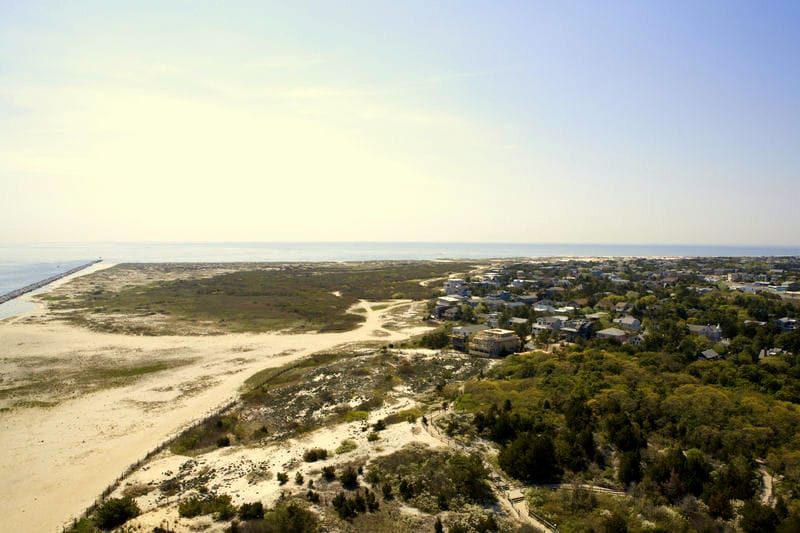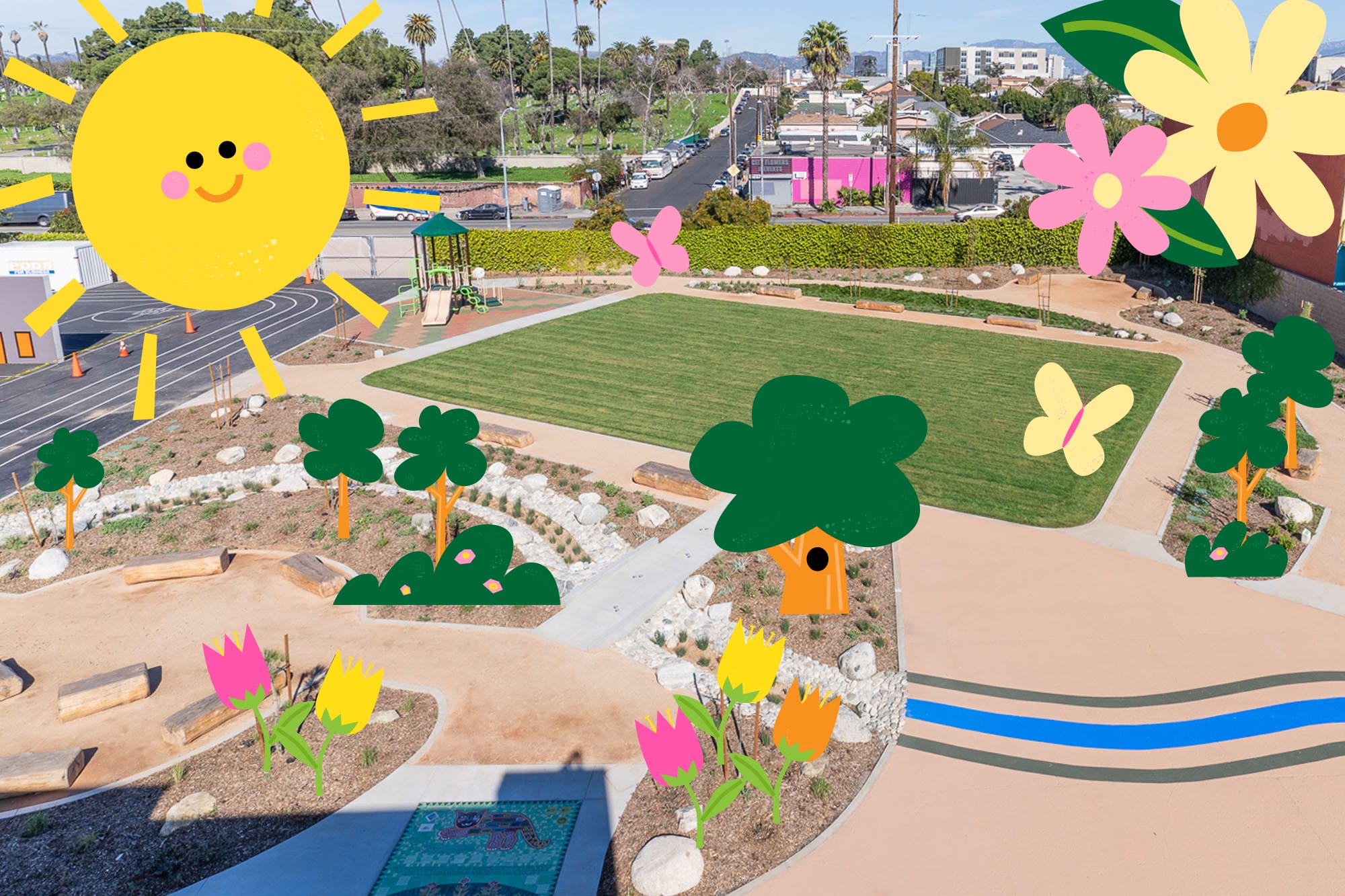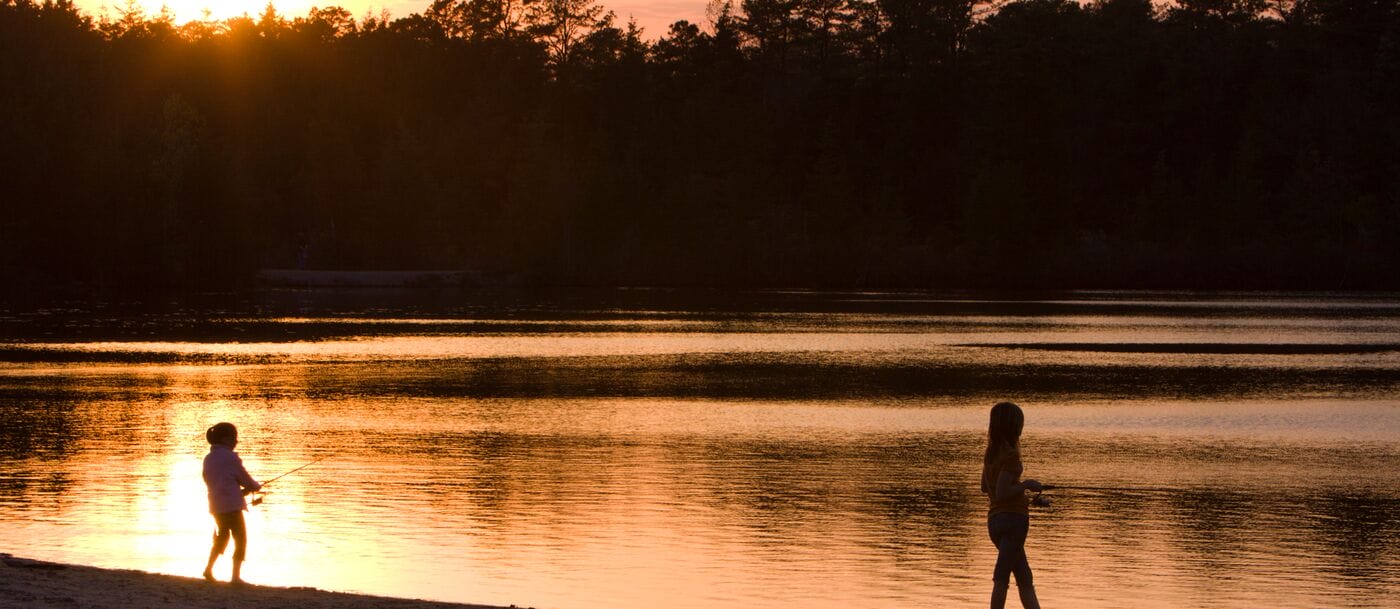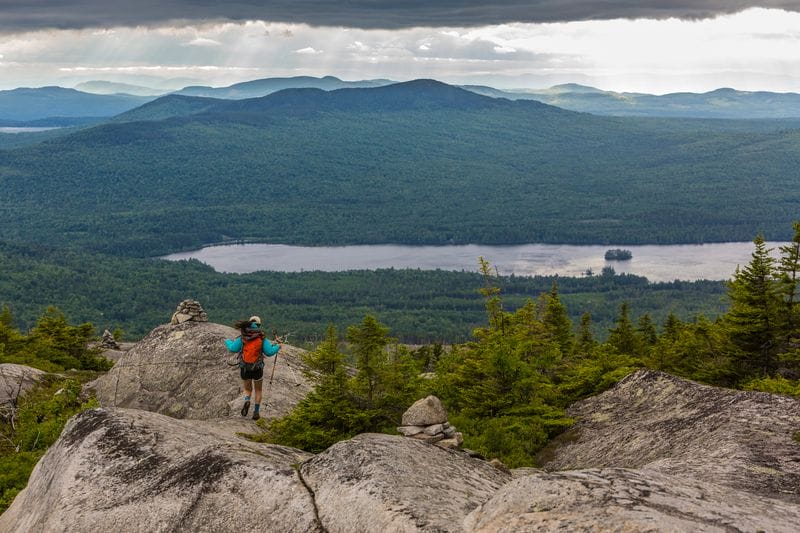
Without wetlands, we’re swamped
Without wetlands, we’re swamped
For much of the past century, wetlands were dismissed as useless or even dangerous—dredged, filled in, developed, and polluted. Since 1900, we’ve lost nearly two-thirds of the wetland in the contiguous United States.
The good news? Attitudes and policies are starting to come around: today there's greater awareness of wetlands’ role in the health of the environment—and, increasingly, the safety of our cities.

Take last week’s East Coast blizzard. While Winter Storm Jonas was unloading a year’s worth of snow on New York City, high winds and waves blasted the Jersey Shore, pushing a flood of icy seawater into streets and homes. At Cape May, tides rose half a foot higher than the previous record, set during Hurricane Sandy in 2012.
Coastal cities can expect more days like this in a warming world. The Intergovernmental Panel on Climate Change predicts that sea levels will rise by as much as four feet by the end of the century. Scientists say a warmer atmosphere is also likely to fuel more powerful storms—like Jonas and Sandy—raising the flood risk in low-lying areas.
To keep residents safe, cities are increasingly turning to the wetlands they once ignored. “Wetlands absorb storm surges probably better than any system known to man,”says Marc Matsil, The Trust for Public Land’s New York state director. "Wetlands conservation is the first line of defense in protecting our communities."
When Sandy hit Staten Island, an eight-mile swath of wetlands and forests along the north shore shielded nearby residents from the most devastating effects of the storm surge. “Without those wetlands," Matsil says, "there would have been significantly more damage than there was."
The Trust for Public Land has been protecting wetlands in New York and New Jersey for more than 30 years. In the Barnegat Bay region, we’ve worked with communities to conserve 13,000 acres of beaches, salt marshes, and pine barrens. We redoubled our efforts in Sandy’s aftermath, helping convert a former shipyard into Staten Island’s Heritage Park.
But there's more to be done—and you can help. “There is an urgency now to protect the land that nurtures us," says Trust for Public Land President Will Rogers. “We should be protecting every square inch of wetlands that we have."
This raw, beautiful landscape in Southern California is home to Indigenous heritage sites, and it provides critical habitat for threatened and endangered species. Urge the administration to safeguard this extraordinary landscape today!


Donate to become a member, and you’ll receive a subscription to Land&People magazine, our biannual publication featuring exclusive, inspiring stories about our work connecting everyone to the outdoors.
See how our supporters are helping us connect people to the outdoors across the country.





